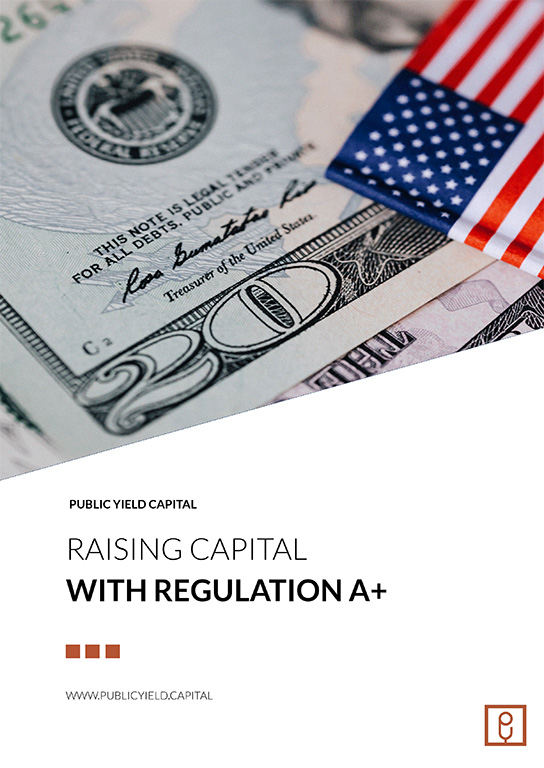
So you’re thinking about crowdfunding. More specifically, you’re thinking about Regulation A+ fundraising. Maybe you’ve run a few crowdfunding campaigns already, raised some seed capital, shaken down your friends and family, and managed to get your fledgling company up and off the ground.
You’ve manufactured, developed, made sales, hired staff, and now the only thing standing between you and your company reaching the next level is… millions of dollars?
Awesome, that seems chill and reasonable.

Running a business is expensive on its own, but for companies that are thinking about expanding or developing new products, crowdfunding capital raises such as Regulation A+ or Regulation CF can be attractive. Rather than having to secure institutional investments, chase down high-net worth individuals and venture capitalists, entrepreneurs can open up their companies to public investment, without having to list on an exchange and pursue an IPO.
Regulation A+ fundraising allows companies to raise up to $75 million from non-accredited public investors by offering up equity in exchange for investment. Since the JOBS Act was passed by the Obama administration in 2012, thousands of companies have filed Regulation A+ offerings with the SEC, and some of which have raised tens of millions of dollars. If you’re a “fortune favours the bold” kind of entrepreneur, these startup investing rewards might absolutely be worth the risks.
Risks, you say? Oh yeah, there are risks involved.

Regulation A+ gives you the opportunity to raise millions of dollars, but there’s a LOT involved, not even in necessarily executing a successful raise, but just making sure that your raise is ready to go. Period.
- Filing a Form 1-A with the SEC. The biggest chunk of capital, but definitely the most important —the process of getting your Form 1-A approved will most likely take 90 days minimum upon the SEC having received it. A Form 1-A includes all the information about a company’s offering—financial, legal, shareholder, the works, and can cost upwards of $50,000 to complete.
- Completing a 2-year detailed GAAP financial audit. That is, of course, assuming that the company has existed for two years. If not, then it will be a detailed audit for the entire length of the company’s existence. Depending on the size of the company, length of the audit, and complexity of the financials, assume another $5000 for this stage.
- Engaging with a digital marketing company. A sure-fire way to ensure that a raise will not be successful is by not investing in marketing it appropriately. Unless the company happens to have its own, very dedicated marketing department, and that department isn’t focused on other tasks, digital marketing firms can be the difference between a successful and an unsuccessful raise. Expect $20000 minimum up-front, with many companies taking a percentage of raised funds as well.
- Broker dealer, transfer agent, escrow agent, etc. More moving parts, all of which have to do with hosting the raise, moving money from investors to you, and holding the money in escrow. They all have costs.
All of this is to say that it’s important for companies thinking about pursuing a Regulation A+ raise to make sure that they have a concrete strategy in hand, and at least $200k set aside up front to cover expenses (just the raise expenses, but don’t forget those day-to-day costs).

Yes, Regulation A+ is expensive. Yes, it takes time, and there are a lot of balls to keep in the air. But for companies who believe that they have a product that can excite the public enough to generate investment from the average Joe, it can be well, well worth it.
Public Yield Capital is a leading investor marketing partner specializing in Regulation A+ to support innovative companies raising corporate awareness and their capital. Contact us to learn more



